9 Safe Dividend Stocks to Buy for “Timely” Retirement Yield
Two common goals in retirement are to generate safe investment income and preserve capital over the long-term. Certain high-dividend stocks can help accomplish both objectives as part of a diversified income portfolio.


Two common goals in retirement are to generate safe investment income and preserve capital over the long-term. Certain high-dividend stocks can help accomplish both objectives as part of a diversified income portfolio. However, it’s important to focus on more than just yield: You need quality, and you need it at the right price.
The nine dividend stocks that will be discussed today offer yields as high as 7%, but they also maintain relatively conservative payout ratios and balance sheets to help secure their dividends. They also have lengthy track records of reliably making payouts and appear to have numerous opportunities for long-term dividend growth.
Importantly, these dividend stocks appear to be trading at reasonable prices for income investors. Each stock reviewed here offers a “timely” yield, meaning a dividend yield that is meaningfully above its five-year average.
Buying these companies when their yields are relatively high compared to their historical trading range can be a reasonable way to reduce valuation risk and maximize the amount of income an investment generates. The key is to have confidence that the company’s payout remains safe and its long-term growth outlook is unchanged.
Here is a closer look at nine dividend stocks that meet this set of criteria and offer timely yields for retirement.
Disclaimer
Data is as of Feb. 28, 2018. Dividend yields are calculated by annualizing the most recent quarterly payout and dividing by the share price. Click on ticker-symbol links in each slide for current share prices and more.

Ventas
- Market value: $17.5 billion
- Dividend yield: 6.5%
- Five-year average yield: 4.6%
- Ventas (VTR, $48.32) has positioned itself to ride the healthcare demographic wave. The real estate investment trust (REIT) owns a portfolio of more than 1,200 properties consisting primarily of senior housing communities, medical office buildings and life science centers.
One of the biggest investment themes over the next decade is America’s growing senior population. According to the Pew Research Center, 10,000 boomers are turning Medicare-eligible each day, and the Centers for Medicare/Medicaid projects healthcare spending to grow 5.8% per year on average between 2014 and 2024.
Importantly, the company is conservatively managed. Ventas maintains an investment-grade credit rating and derives 94% of its revenues from private-pay sources, reducing reimbursement risk. Management also has made moves in recent years to reduce risk by selling off more challenged businesses, such as skilled nursing facilities. All of these factors make for a safe dividend. Ventas also offers a high yield above 6%, which is well above its five-year average.
An evolving healthcare landscape and increasing new senior housing supply has slowed the company’s net operating income growth rate to a low-single-digit clip, but Ventas’ favorable long-term positioning remains intact. In fact, Morningstar equity analyst Brad Schwer commented, “We think Ventas’ in-place business enjoys tailwinds despite questions over what healthcare delivery will eventually look like.”
SEE ALSO:
Warren Buffett’s Dividend Portfolio
p>
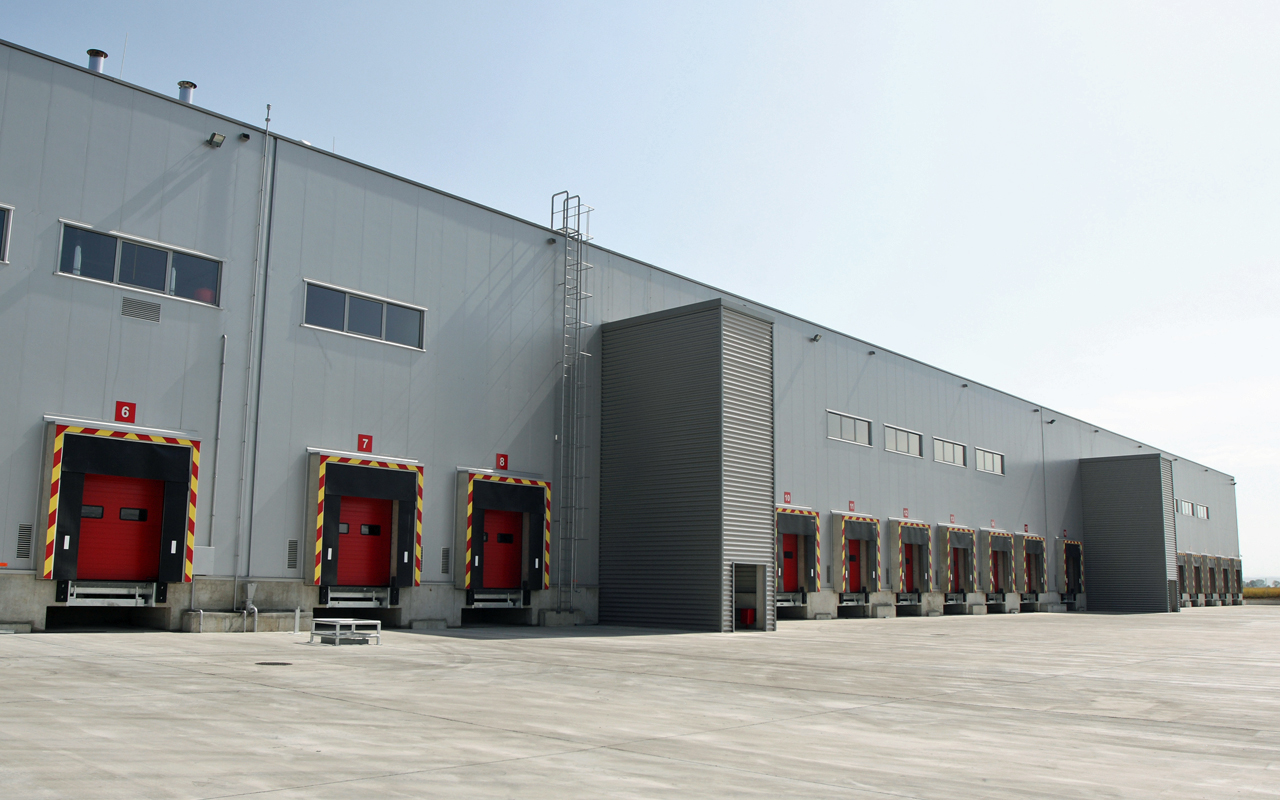
W.P. Carey
- Market value: $6.4 billion
- Dividend yield: 6.7%
- Five-year average yield: 5.8%
- W.P. Carey (WPC, $59.92) is a real estate investment trust that owns 890 net lease properties serving industrial, office, retail and warehouse needs in the U.S. and Europe.
The company also has an asset management business that invests in non-traded REITs and generates 19% of the company’s adjusted funds from operations (AFFO), an important measure of a real estate investment trust’s health. However, management has decided to focus on the company’s core net lease assets and gradually will shut down this division.
W.P. Carey’s owned real estate portfolio has several attractions. It boasts a 99.8% occupancy rate, is well-diversified with more than 200 tenants (none greater than 5.3% of total rent) and enjoys predictable cash flow thanks to its long-term leases. No more than 5% of the company’s leases expire through 2020 as well.
While fears of rising inflation are weighing on many slow-growing REITs, W.P. Carey has somewhat insulated since 99% of its leases have contractual rent increases, including 69% linked to the Consumer Price Index, which is a proxy for inflation.
When combined with its investment grade balance sheet and long track record of increasing its dividend every year since going public in 1998, W.P. Carey’s relatively high yield looks particularly interesting today.

Kimberly-Clark
- Market value: $39.2 billion
- Dividend yield: 3.5%
- Five-year average yield: 3.1%
Many conservative dividend investors flock to companies that sell recession-resistant products because their cash flow tends to be more predictable through the economy’s ups and downs. Kimberly-Clark (KMB, $110.92) fits the bill since its tissue and hygiene products – such as toilet paper, diapers and baby wipes – are needed daily. Some of the company’s well-known brands include Kleenex, Huggies, Cottonelle, Scott and Kotex.
The company’s durability is demonstrated by Kimberly-Clark’s status as a Dividend Aristocrat. KMB has reliably paid shareholders higher dividends for 46 consecutive years, including a moderate 3.1% boost announced in January.
However, input cost inflation, challenging market conditions (in part driven by declining birth rates in the U.S.) and volatile currency exchange rates have all weighed on the company in recent years. But the silver lining is that those declines have resulted in a higher dividend yield today.
And thanks to new cost-cutting initiatives, strategic investments back into the business and corporate tax cuts, the outlook for profit growth is improving. Argus analyst John Staszak, CFA, raised his 2018 earnings-per-share estimate from $6.45 to $6.95, reflecting the impact of tax cuts and representing approximately 12% growth from 2017. Mr. Staszak estimates EPS will rise another 8% in 2019 to $7.50, easily covering Kimberly-Clark’s $4-per-share dividend.
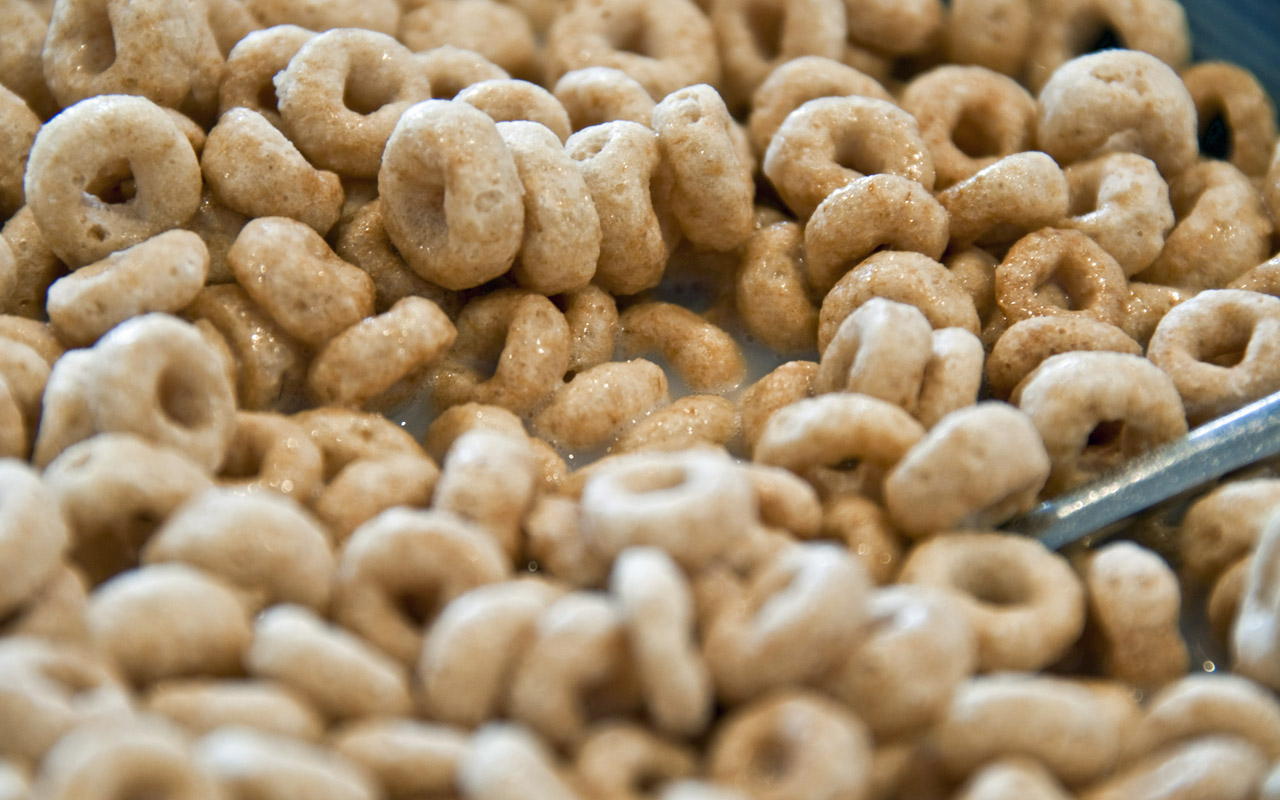
General Mills
- Market value: $29.1 billion
- Dividend yield: 3.9%
- Five-year average yield: 3.1%
Best known for brands such as Cheerios, Yoplait, Annie’s and Nature Valley, General Mills (GIS, $50.55) is one of the largest packaged food companies in America.
General Mills has been the bedrock of stability for income investors in a world of ever-changing consumer tastes, paying dividends without interruption for 119 years. The company has long benefited from its high spending on advertising, extensive distribution network, economies of scale and entrenched brands.
However, consumers are increasingly demanding healthier, organic offerings, shunning many product categories that fill the center aisles of grocery stores. Not surprisingly, General Mills has struggled to grow its top line with sales declines in each of its past three fiscal years. Shifting its massive portfolio to realign with the types of foods consumers want today is no small effort.
To help speed along its turnaround efforts, the company named a new chief executive last year. Jeff Harmening took over in June 2017 after spending more than 20 years with General Mills in other capacities. He is focused on improving the company’s product innovation and pricing decisions to revitalize growth.
Morningstar equity analyst Sonia Vora expects the firm’s spending on advertising and R&D to remain relatively high over the next decade. Vora writes, “These investments should help the firm launch new or reformulated products that better resonate with consumers and justify the value (and therefore pricing) of its offerings over private-label fare.”
However, she still expects General Mills’ revenue growth to average just 2% over her forecast period, about in line with the packaged food industry. For retired income investors focused on safe dividends and capital preservation, those results would be plenty good.
SEE ALSO:
p>
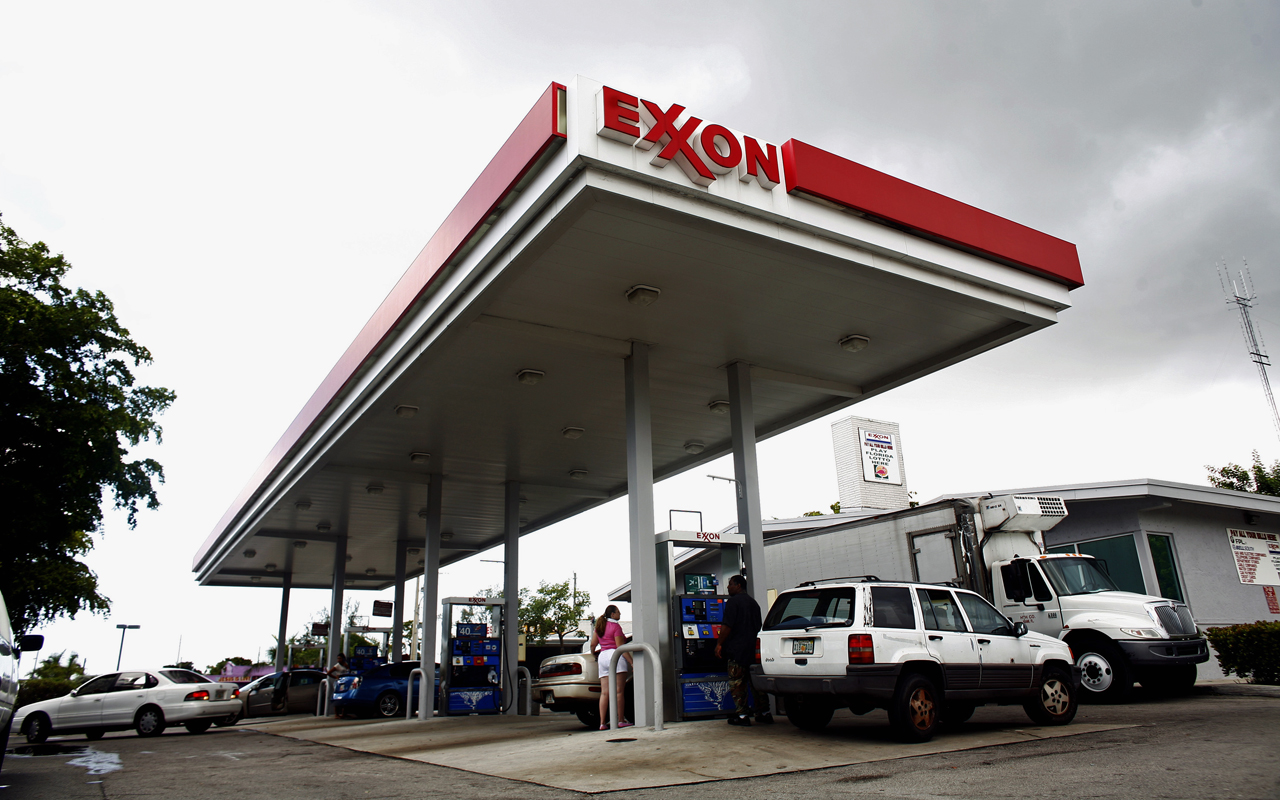
Exxon Mobil
- Market value: $322.6 billion
- Dividend yield: 4.1%
- Five-year average yield: 3.4%
- Exxon Mobil (XOM, $75.74) has long been a favorite energy holding in many retirement portfolios, and the stock looks all the more timely today given its 4%-plus dividend, which is significantly above its five-year average.
The oil-and-gas company is typically viewed as one of the most conservative investment options in the volatile energy sector. From its AA+ credit rating from Standard & Poor’s, to its cost-efficient integrated operations, to its disciplined management team, Exxon has served its shareholders well and paid uninterrupted dividends for more than a century.
The price of oil remains depressed today compared to the first few years of this decade, and Exxon’s integrated business model is facing one of its biggest tests. Fortunately, thanks to its scale and cost-cutting efforts, Exxon’s cash flow more than covered its net investments and dividends in 2017.
Morningstar analyst Allen Good, CFA, also sees “Exxon’s dividend breakeven levels at $45/bbl, implying excess free cash flow this year given the current market expectations around oil prices.”
Exxon’s payout has also earned a “Safe” rating from Simply Safe Dividends based on the company’s most important financial metrics. Overall, Exxon is arguably one of the strongest and safest income plays in the energy sector, even if oil prices remain low over the short-term.
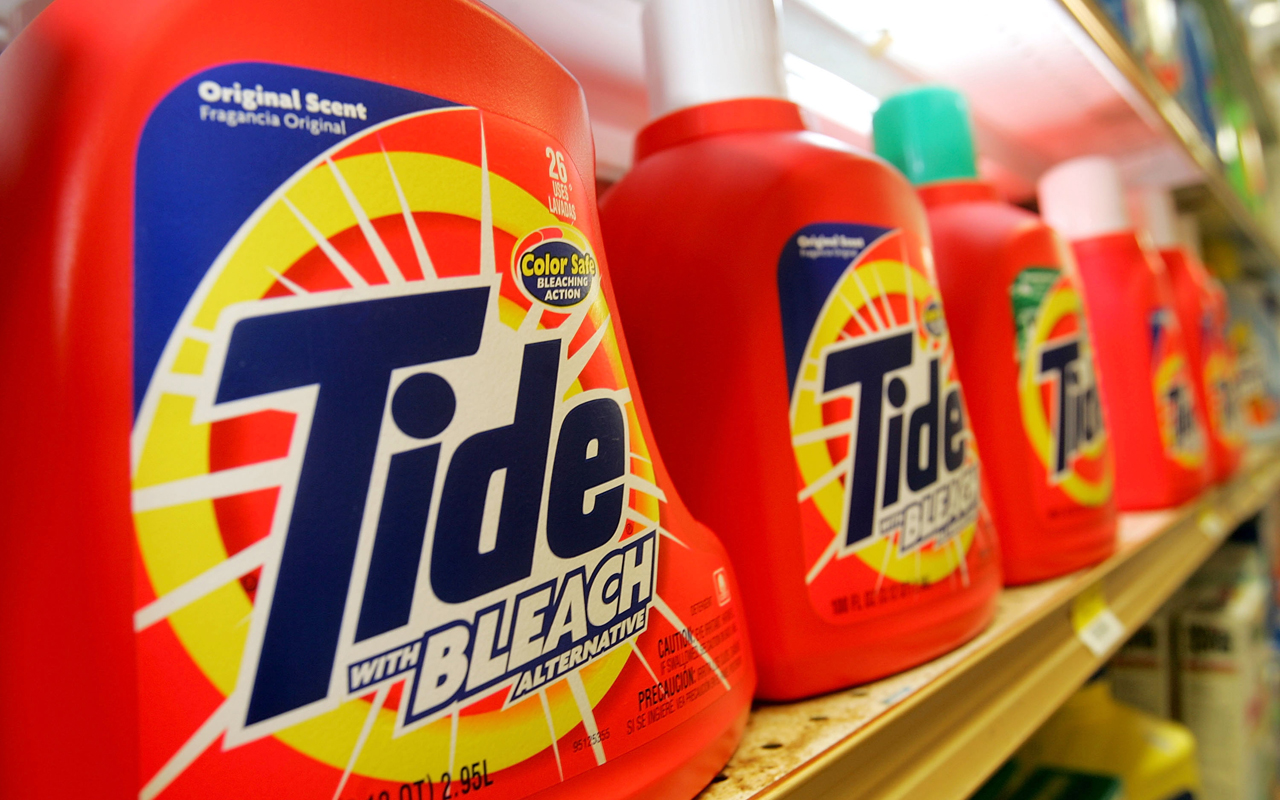
Procter & Gamble
- Market value: $199.4 billion
- Dividend yield: 3.5%
- Five-year average yield: 3.4%
Another favorite holding for low-risk investors is Procter & Gamble (PG, $78.52). The consumer goods giant sells many different products under 65 brands such as Luvs, Pampers, Cascade, Crest and Gillette.
P&G’s operations span the globe and give the company a major presence in numerous consumer product categories, including beauty, grooming, health care and home care. In short, it’s a force to be reckoned with.
By focusing deeply on consumers’ needs, developing innovative products, and spending heavily on marketing, Procter & Gamble has delivered noteworthy results for income growth investors over time. Most notably, P&G has paid uninterrupted dividends for 127 straight years while growing its payout in each of the last 61 years.
Procter & Gamble has become somewhat of a victim of its own success in recent years. Organic growth has been challenged due in part to the company’s sheer size, the rise of private-label products and less focused investment in marketing and innovation. But P&G embarked on a bold turnaround plan by reducing its 170 brands to just 65 and focusing on only 10 product categories rather than 16. These are faster-growing, higher margin businesses where P&G typically enjoys dominant market positions.
Erin Lash, CFA, director of consumer sector equity research for Morningstar, is optimistic about the firm’s chess moves, writing, “While the market’s confidence in P&G’s ability to drive accelerating sales growth (to a mid-single-digit level over the next several years) has yet to take hold, we think P&G is poised to increase underlying sales at a 4% clip in the longer term, with nearly two thirds of its annual growth from increased volume and the remainder from higher prices and improved mix.”
A structural improvement in P&G’s growth would bode well for future dividend increases, making the stock’s above-average yield all the more interesting today.
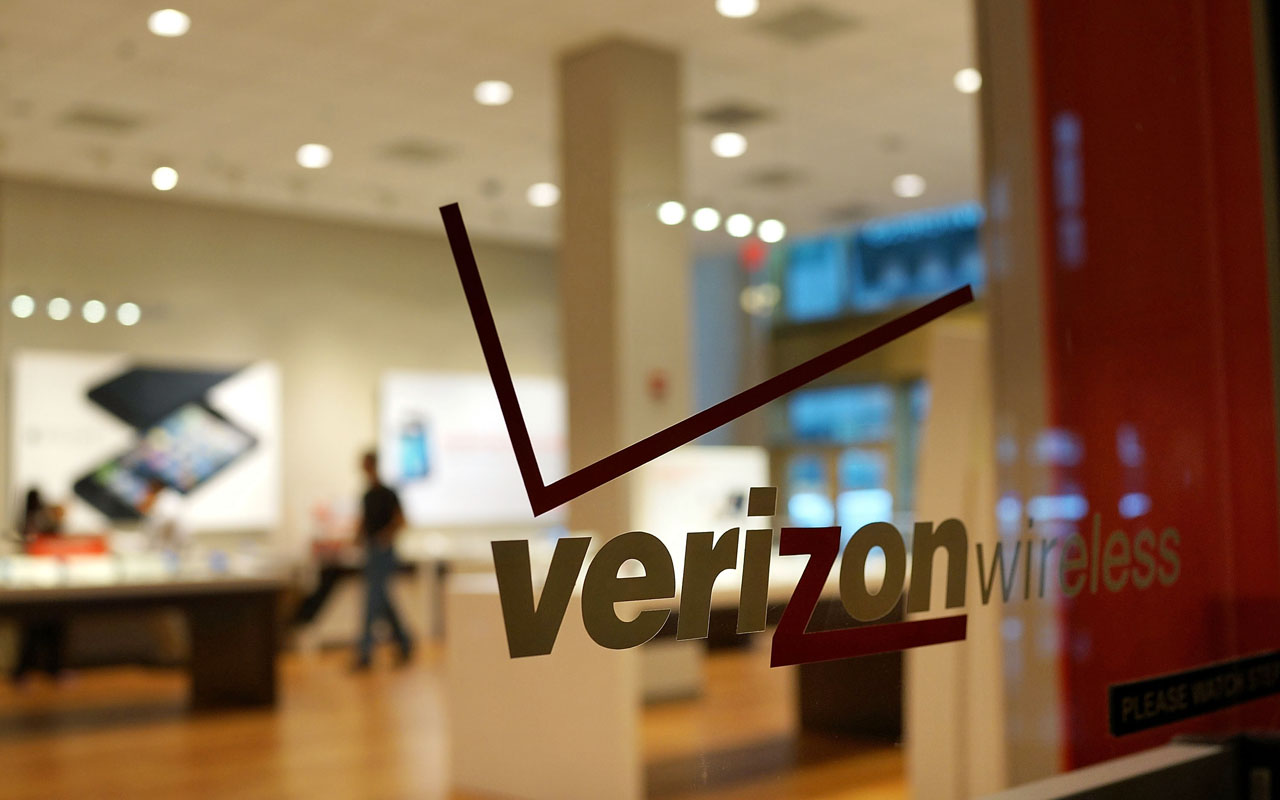
Verizon
- Market value: $196.4 billion
- Dividend yield: 4.9%
- Five-year average yield: 4.5%
Many companies in the capital-intensive telecom sector have historically enjoyed a slow pace of change and predictable cash flow generation, allowing them to pay generous dividends.
In fact, Verizon (VZ, $47.74) and its predecessors have paid uninterrupted dividends for more than 30 consecutive years. Despite its impressive long-term track record, Verizon hit a bump in the road in April 2017 when it reported its first-ever quarterly subscriber loss. Moreover, aggressive marketing and pricing plans by smaller rivals such as T-Mobile (TMUS) and Sprint (S) pressured the company, forcing it to offer its own unlimited data plans for customers, as well as a cheaper prepaid pricing tier.
Fortunately, Verizon appears to be back on solid ground today. The company finished 2017 with “some of the best customer growth and loyalty results” it has delivered in recent years, according to Chairman and CEO Lowell McAdam. Verizon also was named the No. 1 wireless network in the country by RootMetrics, a firm that conducts a rigorous, independent study of each carrier’s performance, reliability, speed, and more.
As Verizon continues squeezing out moderate subscriber growth while investing in its network performance, the company seems likely to remain a stable cash cow paying safe dividends for the foreseeable future.
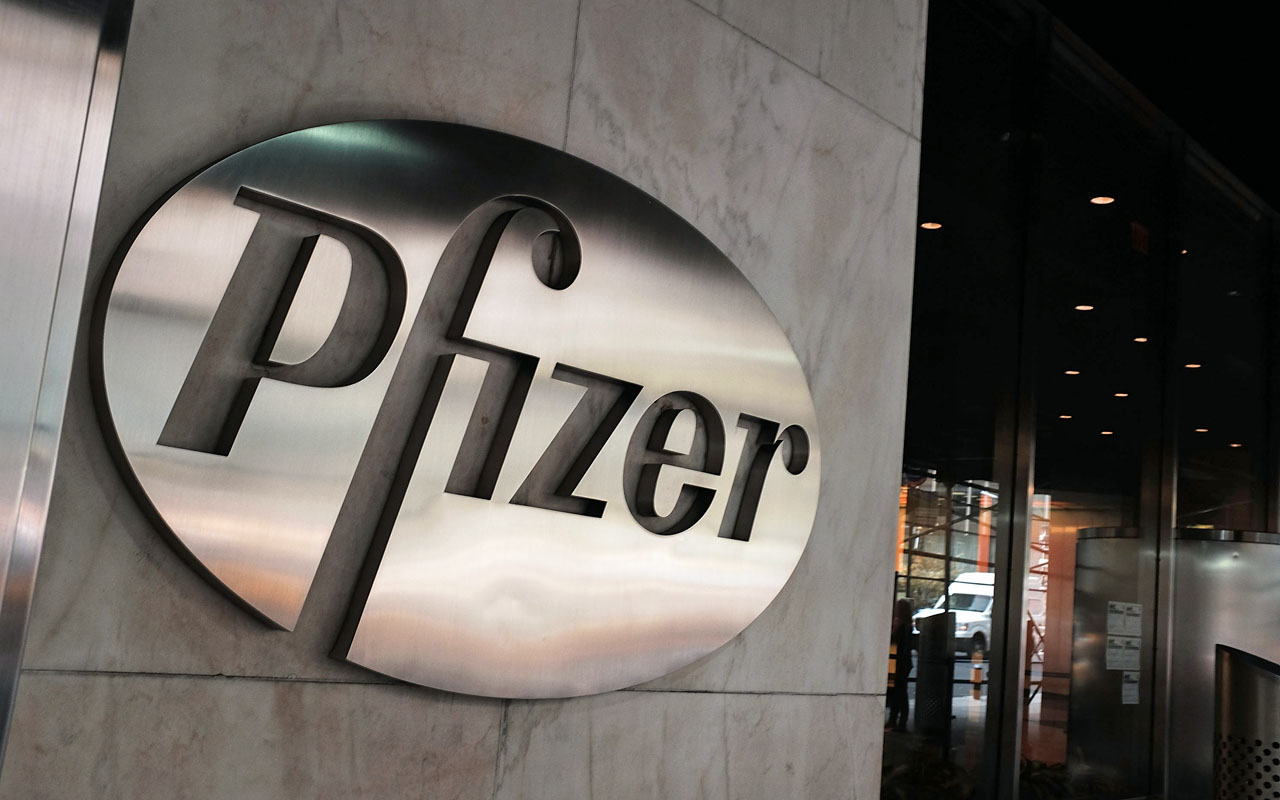
Pfizer
- Market value: $214.8 billion
- Dividend yield: 3.6%
- Five-year average yield: 3.5%
As one of the largest drug manufacturers in the world, Pfizer (PFE, $36.31) fights a constant battle to replace revenue from drugs losing patent protection with new blockbusters from its development pipeline. Patent losses on key products, such as blockbuster drug Lipitor, and increased competition from generic drugs have served as growth headwinds.
However, the company’s outlook is improving. Pfizer received 10 approvals from the FDA in 2017, significantly more than it has achieved any year over the last decade, and an inflection point could be nearing where new drugs more than compensate for diminishing revenue from patent-protected drugs.
In fact, CEO Ian Read made the following comments during Pfizer’s third-quarter earnings call last year: “We expect the full-year year-over-year impact of [loss of exclusivity] to continue to be significantly lower than our recent past. We’re forecasting the impact to be approximately $2 billion in each of the next three years, about $1 billion in 2021, and then $500 million or less from 2022 through 2025. At the same time, we expect a steady flow of new products to begin to emerge from our pipeline.”
Another aspect of Pfizer that conservative income investors can appreciate is its diversification. Rather than betting the firm’s success on any single drug, Pfizer’s portfolio is healthy and wide. No drug is larger than 11% of company-wide sales, and Pfizer’s development pipeline has more than 90 products in development, including 15 potential future blockbusters that could be approved for sale by 2022.
Investors searching for a diversified drug maker that can deliver secure income and moderate growth in the years ahead should give PFE a closer look.

Enterprise Products Partners L.P.
- Market value: $6.4 billion
- Distribution yield: 6.6%*
- Five-year average yield: 5.4%
- Enterprise Product Partners L.P. (EPD, $25.42) is one of the largest midstream master limited partnerships (MLPs) in the country, with 50,000 miles of pipelines used to transport and store natural gas, crude oil, refined products and more. The company essentially connects major energy-producing regions with end users of almost every type of fossil fuel.
The pipeline business is very capital-intensive and must comply with strict regulations, resulting in fairly high barriers to entry. Demand tends to be stable as well given the non-discretionary nature of many products that require refined oil and gas, and long-term fixed-fee contracts provide another layer of security to Enterprise’s cash flow.
Enterprise Product Partners also enjoys one of the highest credit ratings of any MLP (BBB+ from Standard & Poor’s) and maintains a safe distribution coverage ratio of 1.2x. The partnership’s conservatism has allowed it to raise its distribution for more than 50 consecutive quarters.
Management’s conservatism can be seen in Enterprise’s growth plans, too. Since MLPs distribute much of their cash flow to investors, they typically depend heavily on issuing new units and debt to fund their growth projects.
Enterprise has decided to retain more of its distributable cash flow to self-fund the equity portion of its organic growth projects scheduled for 2019. As a result, investors face less risk of being diluted, and the company’s cost of capital also will decrease, helping protect it from rising interest rates.
Overall, Enterprise Products Partners is arguably one of the most conservative MLPs in the market – and is taking steps to further improve its risk-adjusted growth profile.
*Master limited partnerships pay distributions, which are similar to dividends, but are treated as tax-deferred returns of capital and require different paperwork come tax time.
Brian Bollinger was long GIS, KMB, PFE, PG, VZ and XOM as of this writing.
Get Kiplinger Today newsletter — free
Profit and prosper with the best of Kiplinger's advice on investing, taxes, retirement, personal finance and much more. Delivered daily. Enter your email in the box and click Sign Me Up.

Brian Bollinger is President of Simply Safe Dividends, a company that provides online tools and research designed to help investors generate safe retirement income from dividend stocks without the high fees associated with many other financial products.
-
 Stock Market Today: Trump Retreats, Markets Rejoice
Stock Market Today: Trump Retreats, Markets RejoiceStocks rally, yields soften, the dollar rises, and even beaten-down names enjoy the wages of potential trade peace.
By David Dittman
-
 In Trump’s Economy Should 401(k) Savers 'Set It and Forget It?'
In Trump’s Economy Should 401(k) Savers 'Set It and Forget It?'It’s hard to bury your head in the sand when the markets are volatile. Here’s when it makes sense and when it doesn’t.
By Donna Fuscaldo
-
 Trump’s Tax Cut Risks Your SNAP, Medicaid Benefits
Trump’s Tax Cut Risks Your SNAP, Medicaid BenefitsTax Cuts The GOP budget blueprint could slash lifesaving programs for millions of U.S. households.
By Gabriella Cruz-Martínez
-
 What to Do With Your Tax Refund: 6 Ways to Bring Growth
What to Do With Your Tax Refund: 6 Ways to Bring GrowthUse your 2024 tax refund to boost short-term or long-term financial goals by putting it in one of these six places.
By Rachael Green
-
 What Does Medicare Not Cover? Eight Things You Should Know
What Does Medicare Not Cover? Eight Things You Should KnowHealthy Living on a Budget Medicare Part A and Part B leave gaps in your healthcare coverage. But Medicare Advantage has problems, too.
By Donna LeValley
-
 12 Great Places to Retire in the Midwest
12 Great Places to Retire in the MidwestPlaces to live Here are our retirement picks in the 12 midwestern states.
By Stacy Rapacon
-
 10 Cheapest Small Towns to Live In
10 Cheapest Small Towns to Live InThe cheapest small towns might not be for everyone, but their charms can make them the best places to live for plenty of folks.
By Dan Burrows
-
 15 Reasons You'll Regret an RV in Retirement
15 Reasons You'll Regret an RV in RetirementMaking Your Money Last Here's why you might regret an RV in retirement. RV-savvy retirees talk about the downsides of spending retirement in a motorhome, travel trailer, fifth wheel or other recreational vehicle.
By Bob Niedt
-
 The Cheapest Places To Retire in the US
The Cheapest Places To Retire in the USWhen you're trying to balance a fixed income with an enjoyable retirement, cost of living is a crucial factor to consider.
By Stacy Rapacon
-
 The Six Best Places to Retire in New England
The Six Best Places to Retire in New Englandplaces to live Thinking about a move to New England for retirement? Here are the best places to land for quality of life, affordability and other criteria.
By Stacy Rapacon
